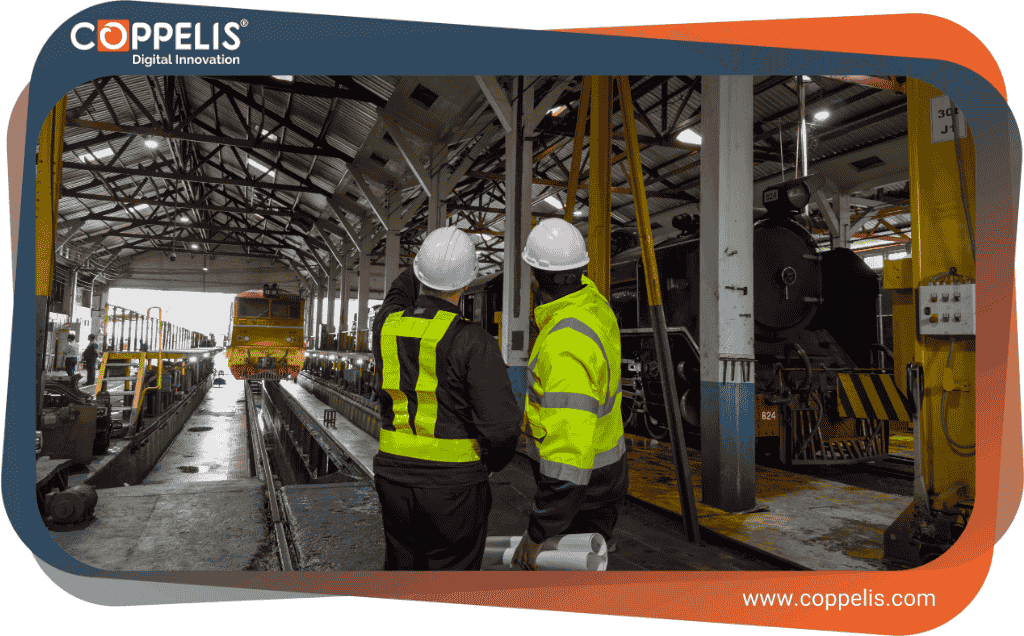Railway infrastructures stand as the backbone of modern transportation networks, facilitating the movement of goods and people across vast distances with efficiency and reliability.
In recent years, as technological advancements have reshaped various industries, the railway sector has also undergone significant transformations to adapt to the evolving needs of society.
This article delves into the imperative of maintaining, modernizing, and developing railway infrastructures to ensure their relevance and sustainability in the future.
Maintaining Legacy Systems:
Preserving the Foundation:
Maintenance remains the cornerstone of ensuring the operational integrity of existing railway infrastructures.
Regular inspections, repairs, and upgrades are essential to mitigate wear and tear, prevent breakdowns, and uphold safety standards.
Investing in Safety:
Safety protocols and measures are paramount in railway operations.
Implementing cutting-edge technologies such as predictive maintenance systems and remote monitoring helps identify potential hazards and averts accidents, safeguarding both passengers and personnel.
Modernizing for Efficiency:
Embracing Digitalization:
In the digital age, the integration of smart technologies revolutionizes railway operations.
From automated signaling systems to real-time passenger information systems, digitalization enhances efficiency, punctuality, and overall service quality.
Sustainable Practices:
Environmental consciousness drives the adoption of sustainable practices within the railway sector.
Electrification of tracks, utilization of eco-friendly materials, and optimization of energy consumption contribute to reducing carbon footprints and fostering eco-friendly transportation solutions.
Developing Future-Ready Infrastructures:
Expansion and Connectivity:
As population growth and urbanization escalate, the demand for efficient transportation escalates.
Investing in the expansion of railway networks and enhancing intermodal connectivity bridges geographical gaps, fosters economic growth, and promotes social cohesion.
High-Speed Rail:
The advent of high-speed rail networks redefines the concept of distance, enabling swift and seamless travel between distant cities.
By reducing travel times and enhancing accessibility, high-speed rail promotes regional development and facilitates cross-border collaboration.
In conclusion, the trajectory towards the future of railway infrastructures hinges upon a strategic blend of maintenance, modernization, and development initiatives.
By prioritizing safety, embracing digitalization, and fostering sustainable practices, stakeholders can propel the railway sector towards greater efficiency, reliability, and environmental stewardship.
As we embark on this journey, collaboration among governments, industry players, and communities will be instrumental in shaping a sustainable and inclusive transportation landscape for generations to come.


